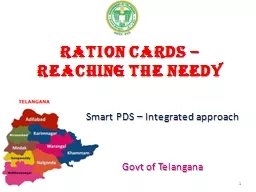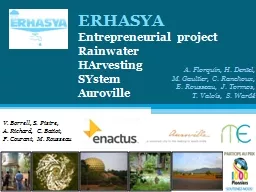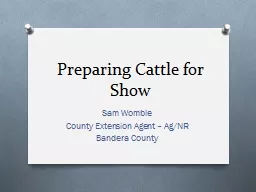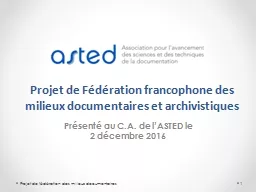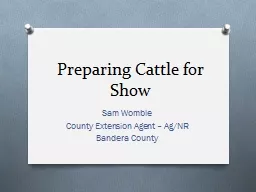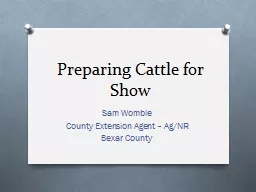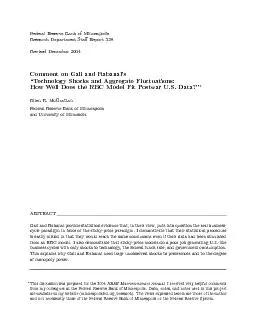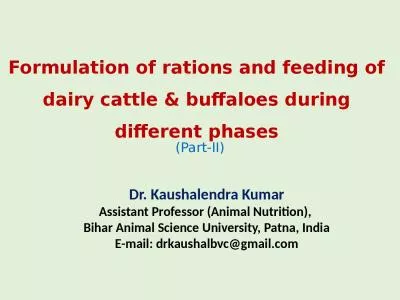PPT-Ration cards – Reaching the needy
Author : briana-ranney | Published Date : 2016-06-27
Smart PDS Integrated approach Govt of Telangana 1 Over view Telangana State No of Districts 10 Noof Mandals 467
Presentation Embed Code
Download Presentation
Download Presentation The PPT/PDF document "Ration cards – Reaching the needy" is the property of its rightful owner. Permission is granted to download and print the materials on this website for personal, non-commercial use only, and to display it on your personal computer provided you do not modify the materials and that you retain all copyright notices contained in the materials. By downloading content from our website, you accept the terms of this agreement.
Ration cards – Reaching the needy: Transcript
Download Rules Of Document
"Ration cards – Reaching the needy"The content belongs to its owner. You may download and print it for personal use, without modification, and keep all copyright notices. By downloading, you agree to these terms.
Related Documents

